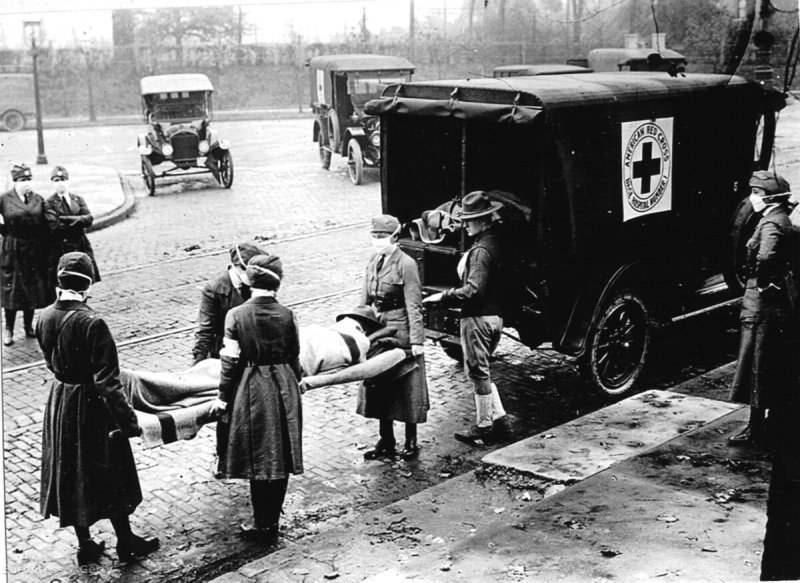In 2020, as sports officials here and elsewhere struggle to deal with the worldwide coronavirus outbreak, the influenza epidemic of a century ago might offer some clues.
During the fall and winter [of 1918] , the [Spanish] flu killed an estimated 50 million worldwide, 675,000 in the United States. Here in Philadelphia, where at one point city workers went block to block collecting bodies, 12,191 residents died in a four-week period. More than 700 succumbed on Oct. 16 alone.
…
Officials responded by banning most public gatherings. Impacted sporting events included high school and college football games, amateur soccer matches, and a fight between Jack Dempsey and Battling Levinsky.
…
Penn wasn’t alone. Most college football teams, including an unbeaten Michigan squad, had to shorten their schedules because of the epidemic.































